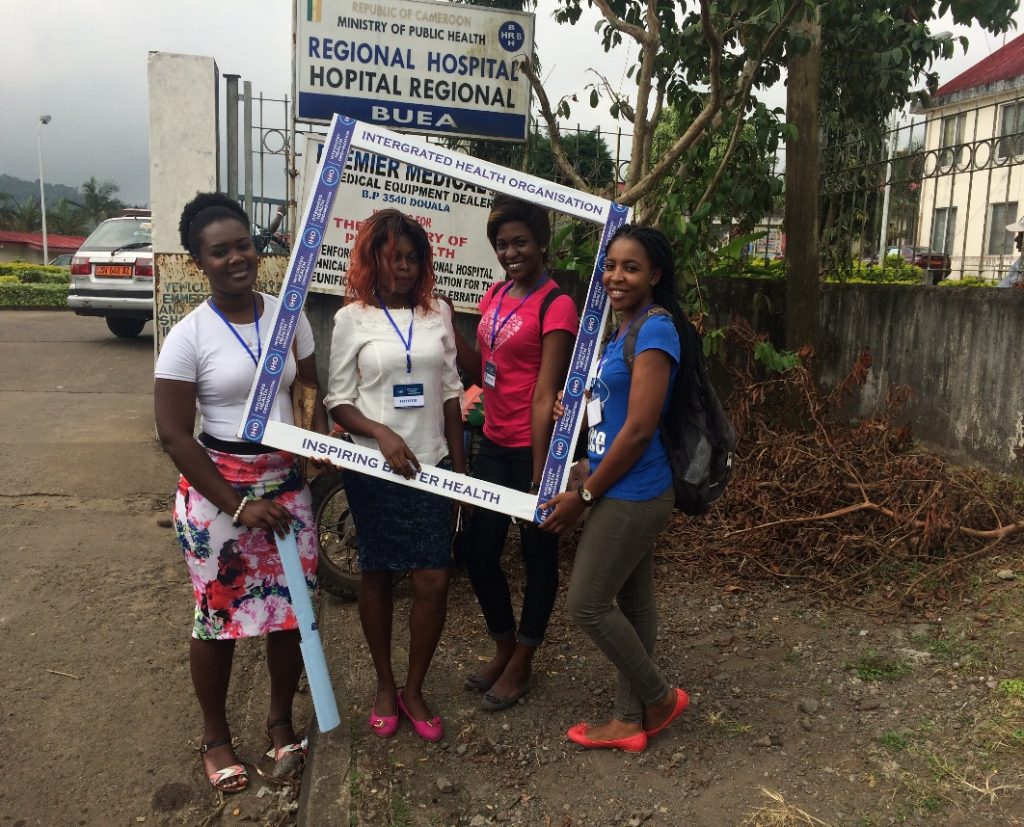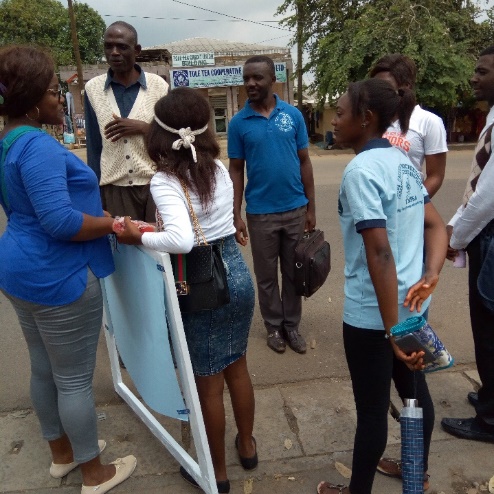Diabetes is a chronic, metabolic disease characterized by elevated levels of blood glucose (or blood sugar), which leads over time to serious damage to the heart, blood vessels, eyes, kidneys, and nerves. The most common is type 2 diabetes, usually in adults, which occurs when the body becomes resistant to insulin or doesn’t make enough insulin. In the past three decades the prevalence of type 2 diabetes has risen dramatically in countries of all income levels. Type 1 diabetes, once known as juvenile diabetes or insulin-dependent diabetes, is a chronic condition in which the pancreas produces little or no insulin by itself. For people living with diabetes, access to affordable treatment, including insulin, is critical to their survival. There is a globally agreed target to halt the rise in diabetes and obesity by 2025.
Sub-Saharan Africa like the rest of the world, is experiencing an increasing prevalence of diabetes. In 2010 12.1 million people were estimated to be living with diabetes in Africa and this is projected to increase in 23.9 million by 2030. In Cameroon, the prevalence of Diabetes in adults in urban areas is currently estimated at 6-8% with as much as 80% of people living with diabetes who are currently undiagnosed in the population.
World Diabetes Day (WDD) is celebrated annually on November 14. Led by the International Diabetes Federation (IDF), World Diabetes Day was created in 1991 by IDF and the World Health Organization in response to growing concerns about the escalating health threat posed by diabetes. World Diabetes Day became an official United Nations Day in 2006 with the passage of United Nation Resolution 61/225. On the World Diabetes day, Integrated Health Organization joins WHO and other partners around the world to highlight women’s right to a healthy future on the theme: “Women and diabetes: Our right to a health future”.
OBJECTIVES
- Create awareness of the diseases.
- Encourage the inhabitants of Buea to get tested.
- Ensure that individuals with the diseases should go for dialysis as planned by the treatment diabetic units.
- Our activities ran from the 13th to the 14th of November, 2017 (2 days).
Day one (13th November, 2017)
On this that the organization took up of task of visiting the diabetic unit at the Buea Regional hospital. Members gathered at 8:00am at the hospital premises, which they proceeded to the diabetic unit. There they help the nurses and other health actioners to educate the diabetic patients on how to modify their diets so as to minimize and manage the infection appropriately. They also took part in the testing exercise which included testing sugar levels and measuring the blood individuals of individuals who came in for voluntary testing and counseling.

IHO Team at the Regional Hospital
Test area
3.2 Day Two (14th November, 2017)
The Integrated Health Organization structured a 1km walk which comprised mostly of the girls from the Integrated Health Organization and the youths in Buea. The purpose of this task was to help raise awareness for Diabetes.
Members of the Integrated Health Organization gathered at the University of Buea main campus at 8:00am where they had a word of prayer and started the walk. During the walk, members stopped and spoke to inhabitants of the community about Diabetes, encouraging them to get tested and giving them ways on how to prevent the disease.
The walk ended at Buea municipal stadium at checkpoint, where some physical activity was done and a bottle of water distributed among those who partook in the walk. The event ended with light refreshments, closing remarks and a word of prayer.
LIMITATIONS
- Lack of cooperation of some community members.
- Inadequate funds.
IHO pleads with health authorities to provide scientific guidelines for the prevention of major non-communicable diseases including diabetes; develop norms and standards for diabetes diagnosis and care;
build awareness on the global epidemic of diabetes, marking World Diabetes Day (14 November); and conduct surveillance of diabetes and its risk factors
FOLLOWUP ACTION
- Remain in contact with the diabetic unit at the Buea Regional hospital to see if all suspected cases came for subsequent follow ups.
- See if the knowledge if the diabetic patients made healthy modifications in their diets and tell if the outcome was beneficial or detrimental to that individual.
Therefore individuals in the communities are encouraged to:
- Achieve and maintain healthy body weight;
- Be physically active – at least 30 minutes of regular, moderate-intensity activity on most days. More activity is required for weight control;
- Eat a healthy diet, avoiding sugar and saturated fats intake; and
- Avoid tobacco use – smoking increases the risk of diabetes and cardiovascular diseases.
- COLLABORATORS
Regional Hospital Buea.



